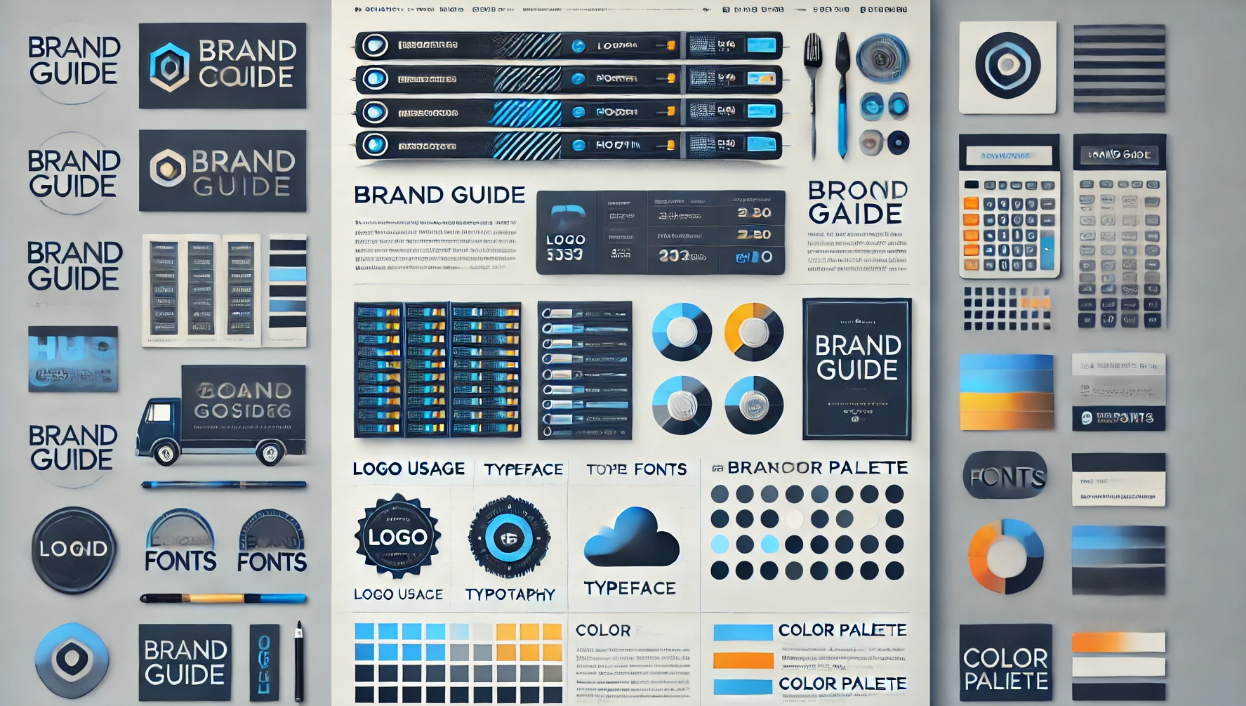️ How to Build a Strong Brand Identity in the Competitive Web Hosting Market
Stand out, get noticed, and win loyal customers in a crowded industry
Introduction
In a web hosting market where price wars and feature parity are common, what truly sets a provider apart? It’s not just the specs—it’s the brand.
Whether you’re a new player or revamping an existing service, building a strong, memorable brand identity is what will keep customers engaged, trusting, and recommending your hosting company over others.
Fact: Customers are 3x more likely to choose a provider with a memorable brand—even when pricing and features are similar.
What Is Brand Identity?
Brand identity is more than just a logo—it’s the look, feel, and voice of your company. It’s how you present yourself to the world and how customers perceive your values, personality, and credibility.
Brand Identity Includes:
-
Logo and visual design (colors, typography, imagery)
-
Brand voice and messaging
-
Mission, values, and tone
-
User experience (on your website, ads, support, etc.)
Why Branding Matters in Web Hosting
In a space full of similar-sounding offers and tech specs, branding helps you:
✔️ Stand out in a crowded market
✔️ Build trust and credibility
✔️ Foster emotional connection with customers
✔️ Drive referrals and repeat business
Example:
You’re offering “99.9% uptime” and “1-click WordPress installs.” So is everyone else. But if your brand feels reliable, modern, and friendly, users will remember you.
1. Define Your Hosting Brand’s Mission & Personality
Before you pick colors or design logos, define who you are as a company.
Ask:
-
What kind of customers are you targeting? (Startups, agencies, devs?)
-
What do you want to be known for? (Speed? Simplicity? Support?)
-
What emotions do you want your brand to evoke? (Trust? Innovation? Excitement?)
Example Personas:
-
Developer-Friendly & Technical: Emphasize power, control, customization
-
Professional & Corporate: Focus on reliability, compliance, and performance
-
Startup-Centric: Communicate agility, innovation, and support
2. Build a Cohesive Visual Identity
Your visuals are often the first thing users see—make them count.
️ Key Elements:
-
Logo – Scalable, memorable, and relevant to your niche
-
Color Palette – Consistent across web, social, and email
-
Typography – Readable fonts that match your brand tone
-
Imagery/Icons – Custom illustrations or smart stock choices
Pro Tip: Use a brand style guide to keep everything consistent across teams and channels.
️ 3. Craft a Distinct Voice and Tone
Branding isn’t just visual—it’s also how you sound. Your voice should align with your audience and be consistent across:
✔️ Website copy
✔️ Social media posts
✔️ Email campaigns
✔️ Chatbot and customer support scripts
️ Tone Ideas:
-
Friendly & Conversational → Great for startups and creators
-
Technical & Helpful → Ideal for devs and sysadmins
-
Professional & Reassuring → Perfect for enterprise clients
Example: Instead of “Contact Support,” say “Need a hand? We’ve got your back 24/7.”
4. Be Consistent Across Every Channel
Consistency builds trust. Make sure your branding looks and sounds the same on:
-
Your website
-
Customer portal/dashboard
-
Social media
-
Paid ads and email campaigns
-
Blog and help center
✅ Consistency = Recognition = Trust
5. Add Personality to Your Brand Experience
Don’t be afraid to show some personality—even in a technical industry.
-
Add quirky microcopy (“Your server is brewing ☕️… hang tight!”)
-
Include team bios or real photos on your site
-
Use custom icons or mascots to guide users through setup
Example: DigitalOcean and Namecheap stand out by blending tech know-how with playful personality.
6. Tell a Compelling Brand Story
People connect with stories, not specs. Share your origin, mission, or what inspired your company.
Include your story in:
-
Your About page
-
Welcome emails
-
Social media posts
-
Partnership pitches
✅ It makes your hosting company human—and memorable.
7. Build Trust with Brand Signals
Trust is branding fuel. Include:
-
Real customer testimonials
-
Trust badges (SSL, uptime guarantees, security compliance)
-
Case studies and success stories
-
Transparent pricing and refund policies
Bonus: Add third-party review widgets like Trustpilot or G2.
8. Refresh Regularly, but Keep the Core
Strong brands evolve—but don’t change so often that you confuse loyal users.
-
Keep your logo and tone consistent, but refresh colors or layouts as trends evolve
-
Redesign your site every few years to stay modern
-
Update your brand visuals to align with your newest target market
Example: Hostinger’s 2024 rebrand kept its tone but introduced a bold new look for a younger audience.
Final Thoughts
In the web hosting world, great branding is your most underrated marketing tool. It builds loyalty, drives conversions, and gives your company a voice in a very noisy space.
✅ Whether you’re a developer-focused provider or a hosting brand for entrepreneurs, your identity should reflect who you are—and resonate with who you serve.

